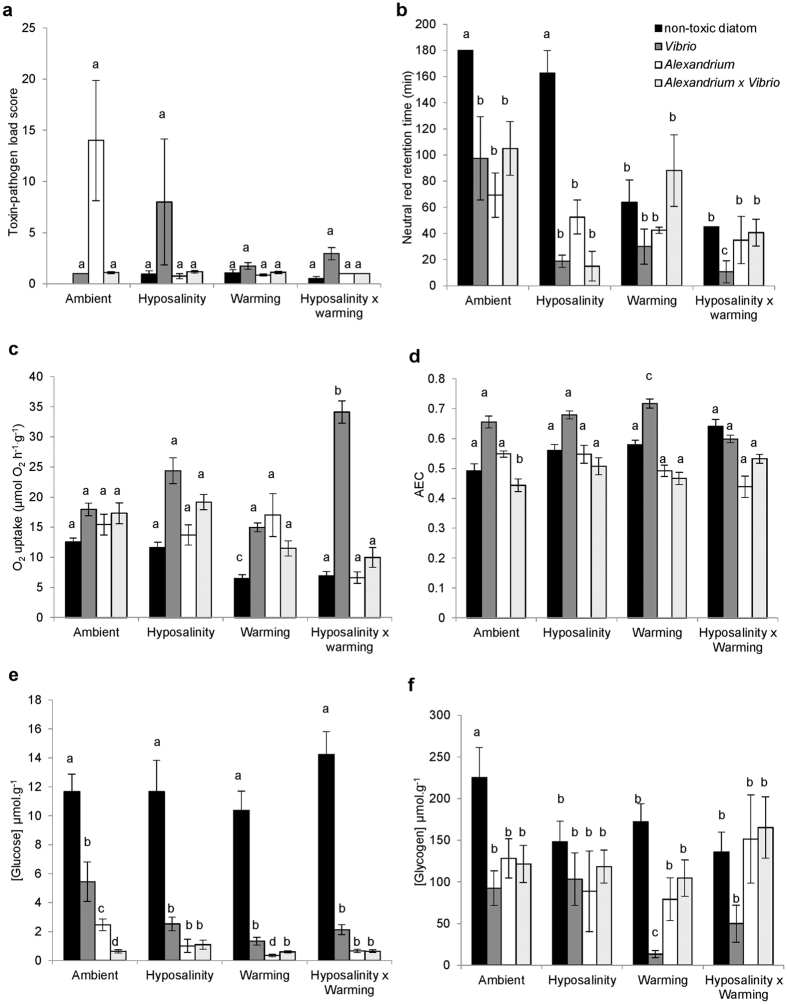Figure 1. The interactive effects of microorganism exposure and simulated climate change effects on some aspects of physiological function in P. viridis.
The (a) toxin-pathogen load score, (b) immnobiological status (lysosomal membrane stability), (c) oxygen consumption (d) adenylate energy charge (AEC), (e) glucose (μmol g−1), and (f) glycogen (μmol g−1) of Perna viridis following 14 day’s exposure to the non-toxin producing diatom Thalassiosira weissflogii, the toxin producing dinoflagellate Alexandrium minutum and/or the pathogenic bacteria Vibrio parahaemolyticus (fed together with T. weissflogii) under differing climate change conditions. Within each graph, different letters indicate means that are significantly different from each other (P < 0.05), but see also Tables 1, 2 and 3. Data are means ± SEM. Samples sizes (n = 16) but see Supplementary Table 2.

